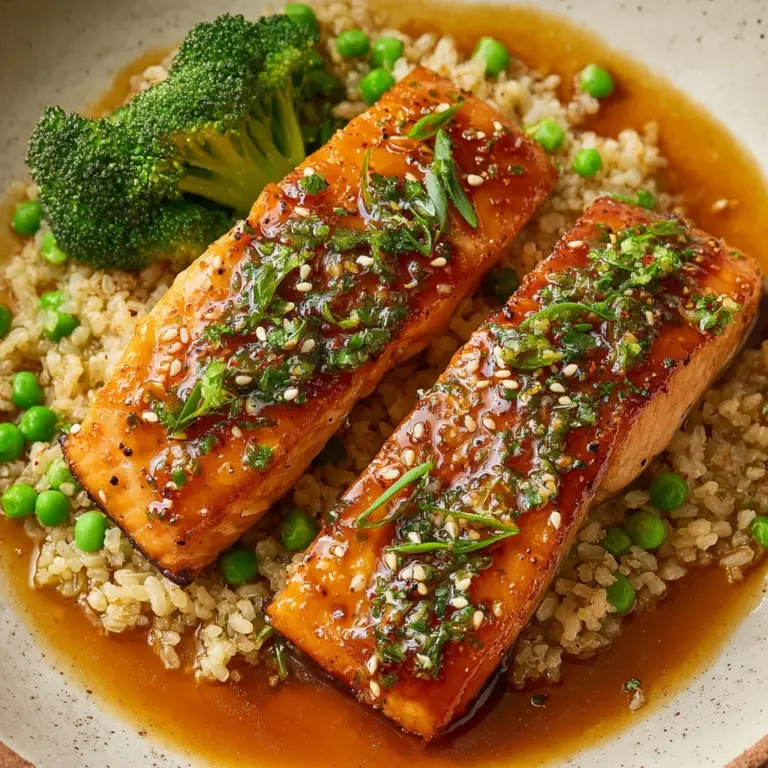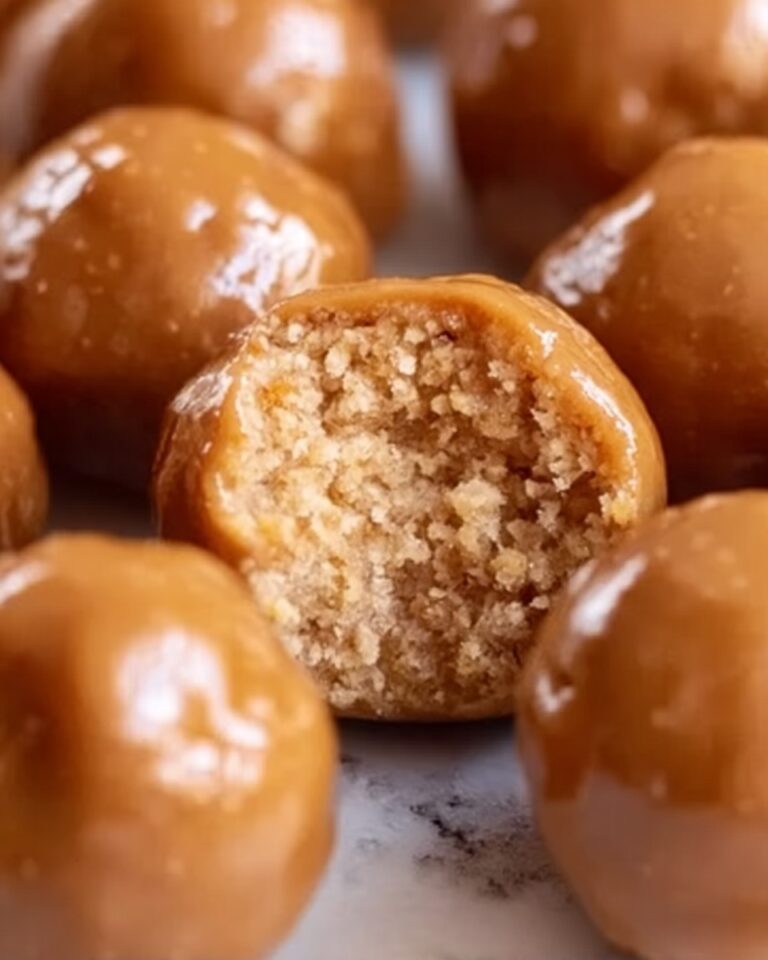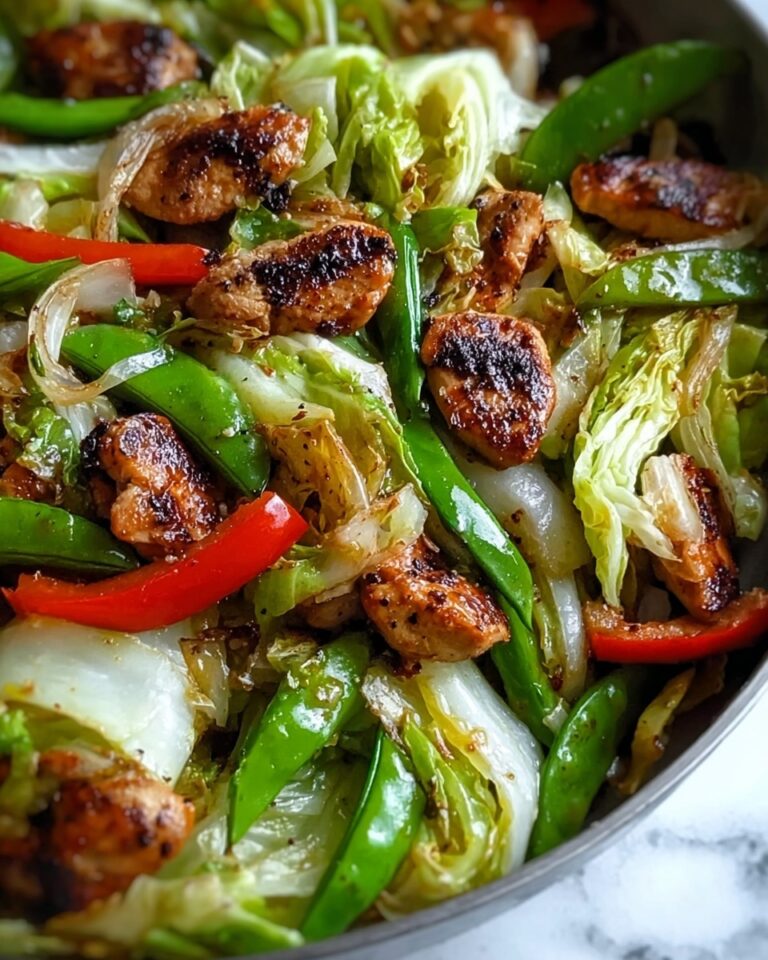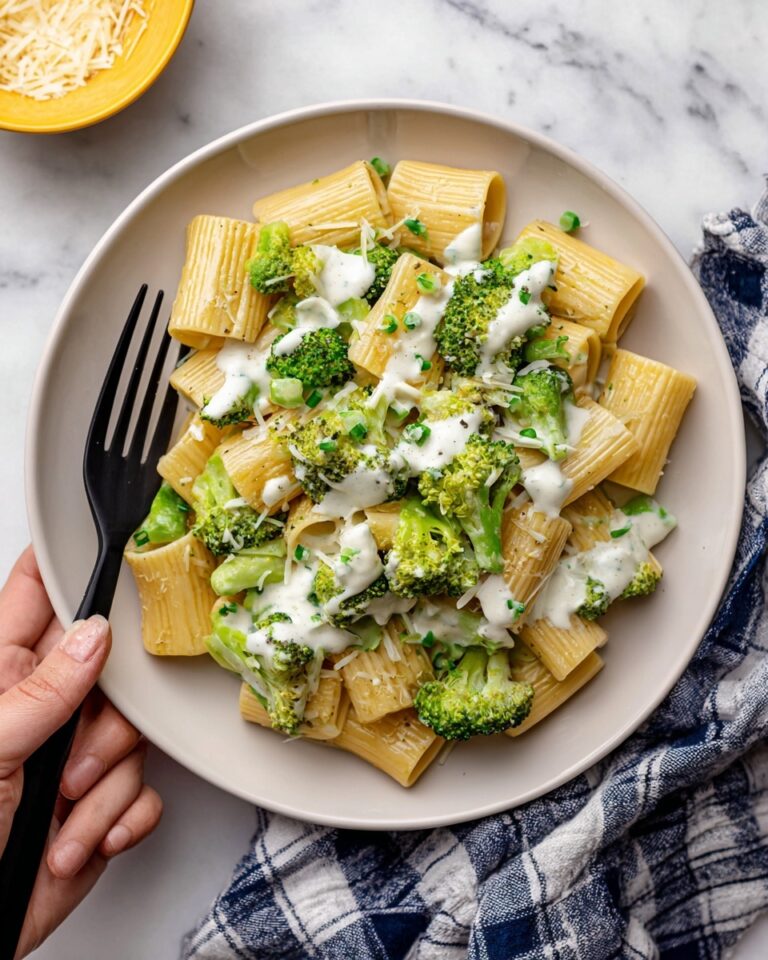There is nothing quite as luxurious and comforting as a creamy, perfectly cooked risotto, especially when it features sweet, tender lobster meat. This Lobster Risotto Recipe is my go-to indulgence when I want to impress guests or simply treat myself to a rich, satisfying meal. The combination of buttery lobster, savory Parmesan, and luscious Arborio rice soaked in flavorful lobster stock creates a dish that feels like a celebration on every spoonful. Get ready to wow your taste buds and fall in love with this seafood classic made approachable and utterly delicious.

Ingredients You’ll Need
While it might sound fancy, the ingredients for this Lobster Risotto Recipe are surprisingly simple but essential. Each component plays a role in building layers of flavor, texture, and color, from the creamy risotto base to the sweet lobster meat that steals the show.
- Arborio rice: The classic short-grain rice that gives risotto its signature creamy texture when cooked slowly.
- Lobster stock: Provides the deep, briny seafood essence to elevate the whole dish.
- Dry white wine: Adds acidity and complexity to balance the richness of the dish.
- Cooked lobster meat: The star ingredient, bringing sweetness and tender chunks throughout.
- Onion: Adds subtle aromatic sweetness when sautéed until translucent.
- Garlic: Gives a gentle punch of flavor without overpowering the lobster.
- Parmesan cheese: Delivers a salty, umami finish that ties everything together.
- Olive oil: For sautéing and enhancing flavor with a touch of fruitiness.
- Butter: Added twice for creaminess and richness that makes the risotto melt in your mouth.
- Salt and pepper: To taste, balancing and highlighting all the flavors.
- Fresh parsley: A pop of bright green color and fresh herbal notes for garnish.
How to Make Lobster Risotto Recipe
Step 1: Sauté the Aromatics
Begin by warming olive oil and one tablespoon of butter in a large pan over medium heat. Once shimmering, add the finely chopped onion and cook until it turns translucent and soft, releasing sweet aromas that will form the base for your risotto. Stir in the minced garlic and let it cook for an additional minute, making sure it doesn’t brown but infuses the oil with its mellow flavor.
Step 2: Toast the Rice
Add the Arborio rice directly into the pan with the aromatics. Stir continuously for about two minutes, allowing the grains to get lightly toasted. This step is crucial because it helps the rice maintain its firm texture while slowly absorbing liquids in the next stages, giving you that perfect al dente bite.
Step 3: Deglaze and Slowly Add Stock
Pour in the dry white wine, letting it simmer gently as it infuses the rice, and wait until it has almost completely absorbed. Then, start adding the lobster stock in small ladlefuls—one at a time—stirring frequently to encourage the rice to release its natural starches. This patient process, which takes about 18 to 20 minutes, results in the characteristic creaminess of risotto while giving you full control over the texture.
Step 4: Incorporate Lobster and Finish the Risotto
When the rice is just tender but still slightly firm to the bite, fold in the cooked lobster meat along with the remaining butter. Stir gently to distribute the lobster and allow its flavors to meld. Finish by stirring in the grated Parmesan cheese, then season with salt and pepper to your preference. The result is a rich, velvety risotto with succulent bits of lobster in every mouthful.
How to Serve Lobster Risotto Recipe
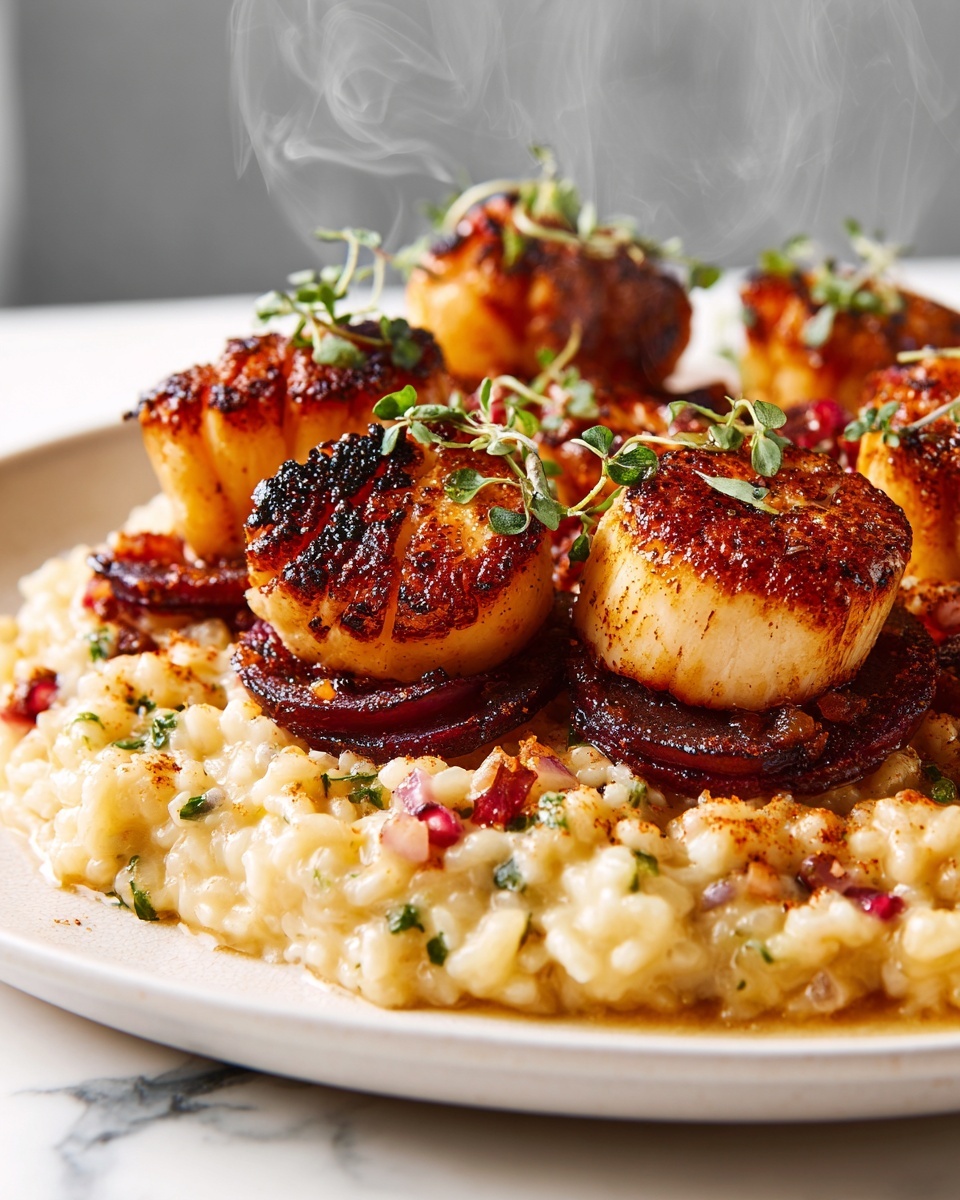
Garnishes
A sprinkle of freshly chopped parsley not only brightens the plate with its lovely green hue but also adds a fresh, slightly peppery note that balances the richness of the risotto beautifully. For an extra touch of elegance, a light drizzle of high-quality olive oil or a few grinds of cracked black pepper work wonders.
Side Dishes
This dish shines as the centerpiece, but it pairs wonderfully with simple sides that won’t overshadow the lobster’s delicate sweetness. Consider a crisp green salad dressed with lemon vinaigrette or some roasted asparagus to add a seasonal crunch and vibrant contrast to the creamy mound of risotto.
Creative Ways to Present
For special occasions, serve the risotto in shallow bowls or elegant plates, topping each portion with a whole lobster claw or a decorative sprig of fresh herbs. Another fun idea is to use edible flowers or a light dusting of smoked paprika to add color and visual appeal, turning your meal into a feast for all senses.
Make Ahead and Storage
Storing Leftovers
If you’re lucky enough to have leftovers, place them in an airtight container in the refrigerator within two hours of cooking. The risotto will keep well for up to two days, though it’s best enjoyed fresh as the texture can change.
Freezing
Freezing lobster risotto is not generally recommended because the creaminess and texture can suffer significantly. The rice tends to become mushy, and the lobster meat may lose its tender quality. It’s best to enjoy this dish fresh or refrigerated only.
Reheating
When reheating leftovers, do so gently on the stove over low heat, adding a splash of water or broth to restore creaminess. Stir often to prevent sticking and to evenly warm the lobster meat without drying it out. Avoid microwaving if possible, as it can cause uneven heating and toughness.
FAQs
Can I use frozen lobster meat for this Lobster Risotto Recipe?
Absolutely! Just make sure the frozen lobster is fully thawed and drained before adding it to the risotto to ensure it heats evenly and doesn’t release excess water that could affect the texture.
What if I don’t have lobster stock? Can I use something else?
While lobster stock adds fantastic depth, in a pinch, you can substitute seafood stock or even a light chicken broth. Just be mindful that the flavor will be slightly different, but the risotto will still be delicious.
Is Arborio rice essential for this recipe?
Yes, Arborio rice is ideal because of its high starch content, which creates the creamy consistency risotto is known for. Other short-grain rice varieties are okay, but long-grain rice will not yield the same texture.
Can I add other seafood to the Lobster Risotto Recipe?
Definitely! Shrimp, scallops, or crab can complement the lobster nicely. Add them towards the end of cooking so they stay tender and do not overcook alongside the rice.
How do I know when the risotto is done?
The rice should be al dente—tender with a slight bite in the center—and the overall texture should be creamy but not soupy. Taste as you cook to make sure it’s just right before adding the lobster and finishing touches.
Final Thoughts
I can guarantee that once you try this Lobster Risotto Recipe, you’ll appreciate just how approachable and rewarding making seafood risotto at home can be. The gorgeous combination of flavors and textures is perfect for any special dinner or when you want to treat yourself like royalty. So grab your ingredients, turn up your favorite tunes, and enjoy the process—this is one dish you’ll want to make again and again.
Print
Lobster Risotto Recipe
- Prep Time: 10 minutes
- Cook Time: 30 minutes
- Total Time: 40 minutes
- Yield: 4 servings
- Category: Main Course
- Method: Stovetop
- Cuisine: Italian
Description
This delicious lobster risotto combines creamy Arborio rice with succulent lobster meat, infused with rich lobster stock, white wine, garlic, and Parmesan cheese. A perfect elegant dish to serve for special occasions or a gourmet dinner at home.
Ingredients
Main Ingredients
- 1 cup Arborio rice
- 2 cups lobster stock (homemade or store-bought)
- 1/2 cup dry white wine
- 1 cup cooked lobster meat, chopped
- 1 small onion, finely chopped
- 2 cloves garlic, minced
- 1/2 cup grated Parmesan cheese
- 2 tablespoons olive oil
- 2 tablespoons butter
- Salt and pepper to taste
- Fresh parsley for garnish
Instructions
- Sauté Aromatics: Heat olive oil and one tablespoon of butter in a large pan over medium heat. Add the chopped onion and sauté until translucent. Stir in the minced garlic and cook for another minute to release its aroma.
- Toast Rice: Add Arborio rice to the pan and stir continuously for about two minutes until the rice is lightly toasted, which helps develop its nutty flavor.
- Add Wine and Stock: Pour in the white wine and let it simmer until fully absorbed by the rice. Then, gradually add lobster stock, one ladle at a time, stirring frequently to allow the rice to absorb the liquid before adding more.
- Cook Rice: Continue adding stock and stirring for about 18-20 minutes until the rice is cooked al dente, creamy but with a slight bite to the grain.
- Finish Risotto: Fold in the cooked lobster meat along with the remaining tablespoon of butter. Stir in the Parmesan cheese and season with salt and pepper to taste.
- Garnish and Serve: Remove from heat, garnish with fresh parsley, and serve immediately while warm for a luxurious experience.
Notes
- Use homemade lobster stock if possible for maximum flavor, but store-bought works as well.
- Keep stirring the risotto to achieve the classic creamy texture.
- Serve immediately, as risotto is best enjoyed fresh.
- Dry white wine like Sauvignon Blanc or Pinot Grigio pairs well with this dish.
- Leftovers can be refrigerated but may lose their creamy texture.


